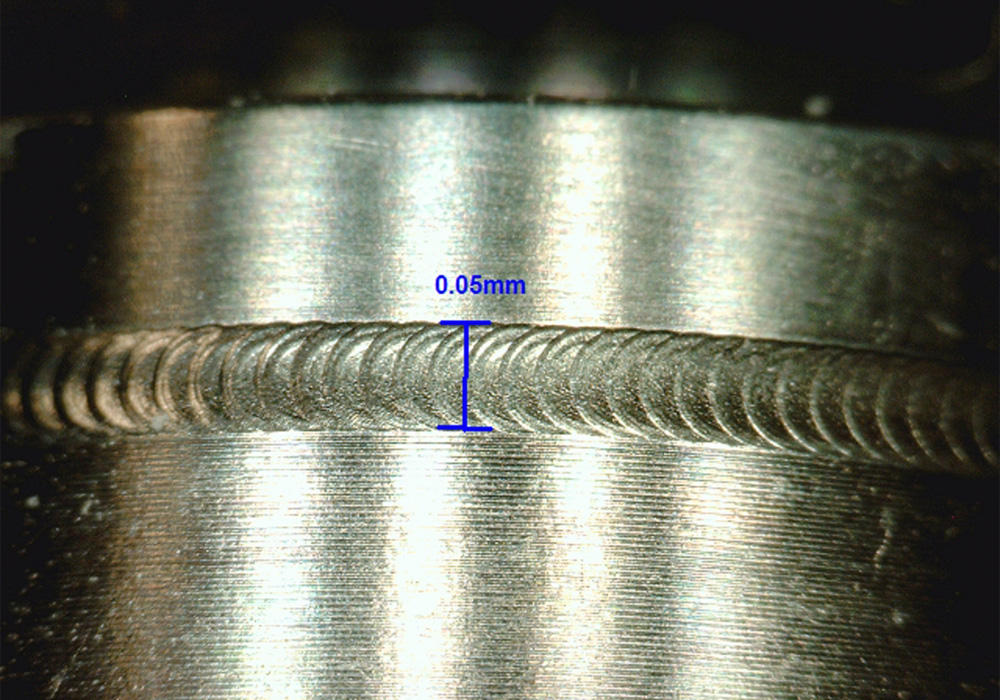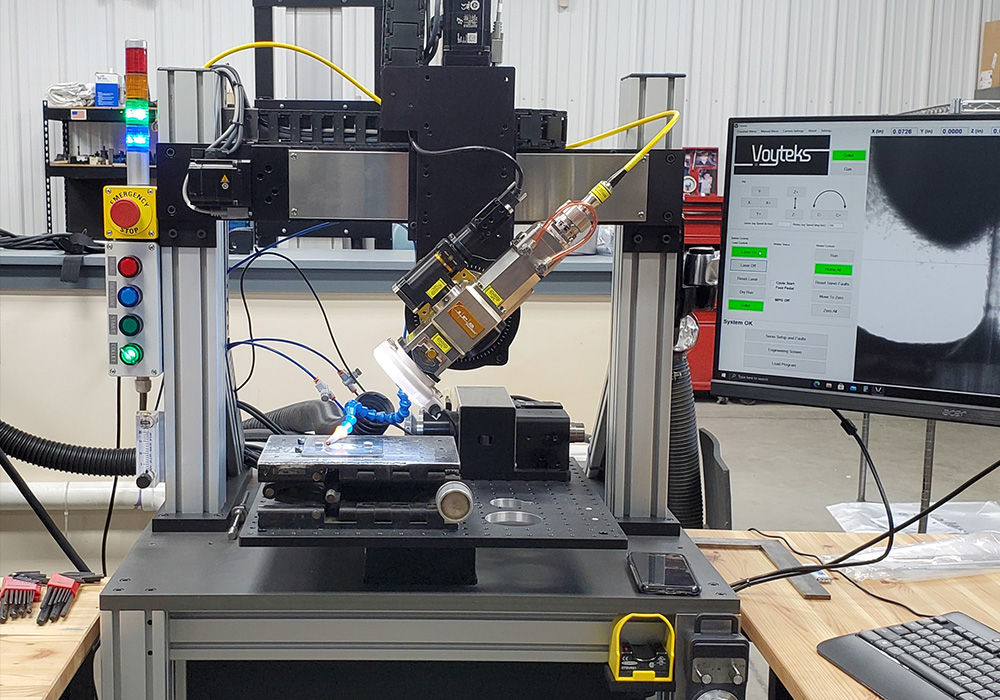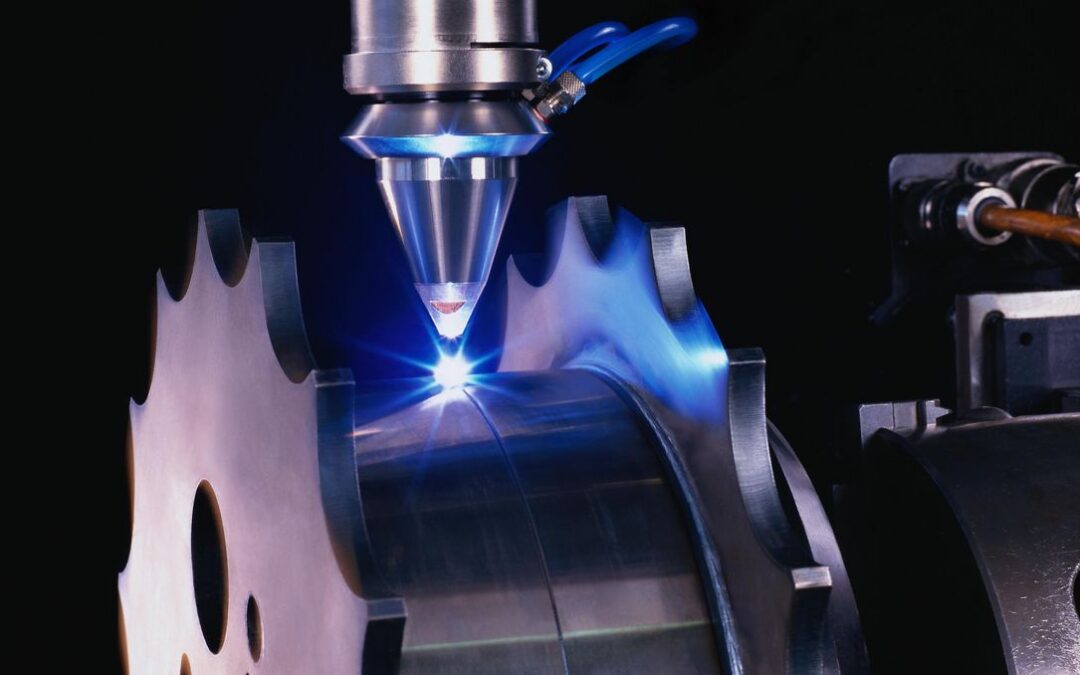Laser welding is a process of fusing materials by using a high density laser beam to melt and join materials, giving welders the ability to deeply and narrowly join materials with high precision.
Laser welding works by focusing a concentrated heat source at a separation between two pieces of material. Optical fibers supply the beam to the welding head, and some machines have multiple fibers. As the number of optical fibers increase, the stronger the laser. This makes laser welding a unique and powerful form of welding over traditional additive welding methods.
Laser welding equipment is typically more expensive compared to traditional welding systems such as MIG/TIG. Laser welding does have specific skills and software knowledge that need to be learned. Even with these minor barriers, laser welding is the clear winner over traditional welding for any demanding high-volume welding jobs.
The advantages of laser welding are unique and include:
- High-quality welds
- Flexible installation
- Fast and precise laser targeting
- Welding process is automated
- Electrodes are not used
- No wear on tools
- Low heat output
- Low deformation or distortion
High Quality Welds
The biggest advantage of laser welding is the quality of the welds. Laser welding produces high-precision highly repeatable welds that are both light and strong.

Flexible and Highly Specific
With flexible installation options and highly specific laser targeting, laser welders can join a variety of materials, even dissimilar materials, quickly, precisely, and deeply. This is why welding with lasers has become more flexible and precise as it becomes more popular.
Process Automation Increases Productivity
The ways laser welding can be used for automation is a big advantage and can increase productivity for manufacturers. Laser welding equipment is frequently used in high volume applications such as automotive and aerospace manufacturing.
Better Than Electron Beam Welding
Laser welding gives welders an advantage over electron beam welding because the light beam can be focused optically, so operation doesn’t require a vacuum atmosphere which would increase set-up time and price. Electron Beam welding is unique in its own right and has stood the test of time, but the applications that can be transferred to laser will have advantages.
Low Heat and Low Distortion
The low heat output and low distortion rate results in a laser beam with a small fusion zone that minimizes the zone affected by the heat of the laser.

Nitor’s QCW (Quasi-continuous wave) Laser Can Be Used For Hybrid Welding
QCW lasers are now rapidly displacing the long-established Nd:YAG flashlamp pumped laser technology. The generic benefits of fiber lasers over other laser types—their wall plug efficiency, reliability, zero maintenance, stability, and reduced footprint—are now very well documented, and QCW fiber lasers have all of these same benefits.
Types of Fiber Welds
There are 4 main weld joints:
- Butt Weld – most efficient for laser power, weld strength, and speed
- Fillet Lap Weld – more efficient for strength and forgiving with configuration
- Overlap Weld – best for welding two pieces with different thicknesses
- Edge Flange Weld – used for welding materials with flanging edges
Laser welding provides strength and precision to the welding joint, which is critical to achieving weld strength and appearance.
Conclusion
Laser welding has many applications and is flexible and powerful enough to fit nearly any welding project. It provides welders with high quality, precise, and automated power to deeply and strongly join a variety of materials. Hybrid welding (QCW) maximizes the benefits of laser beam welding and arc welding for strong joint welding.

